Grief isn’t just human—it echoes through the wild. From elephants that stand vigil over a fallen friend to birds that wail when a mate disappears, some animals don’t just notice death—they feel it. They pause. They gather. Some even carry the body, refusing to let go. But mourning isn’t always what you expect. Some animals respond with rituals so strange, scientists are still trying to make sense of them. This isn’t just about biology—it’s about emotion, memory, and connection that runs deeper than we thought possible. Get ready to see the animal kingdom like never before—raw, real, and heartbreakingly tender.
Elephants
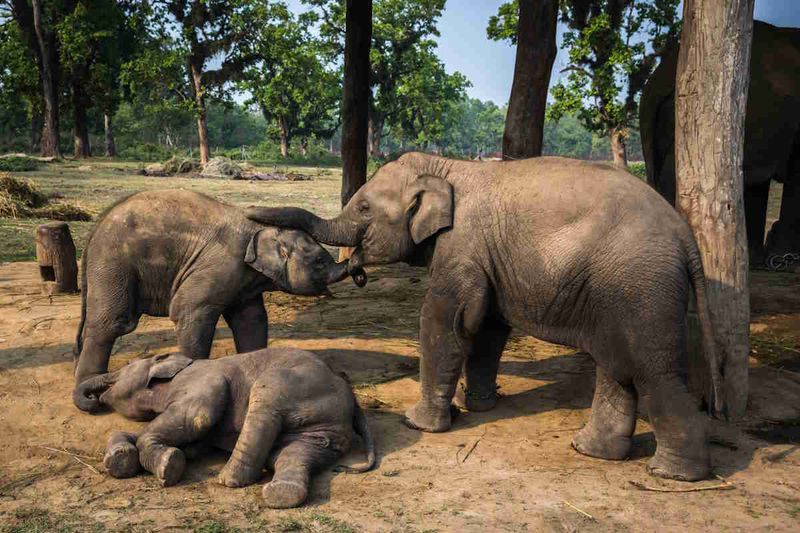
In the heart of Africa, elephants have been observed engaging in mourning rituals. These majestic creatures gently touch the bones of their deceased with their trunks, displaying what seems to be a profound sense of loss.
Some herds have been seen standing vigil over deceased individuals for days. The emotional connection elephants form with their family members is undeniable, leaving scientists in awe of their empathetic nature.
Did you know? Elephants have been known to attempt to bury their dead, covering them with leaves and branches.
Chimpanzees
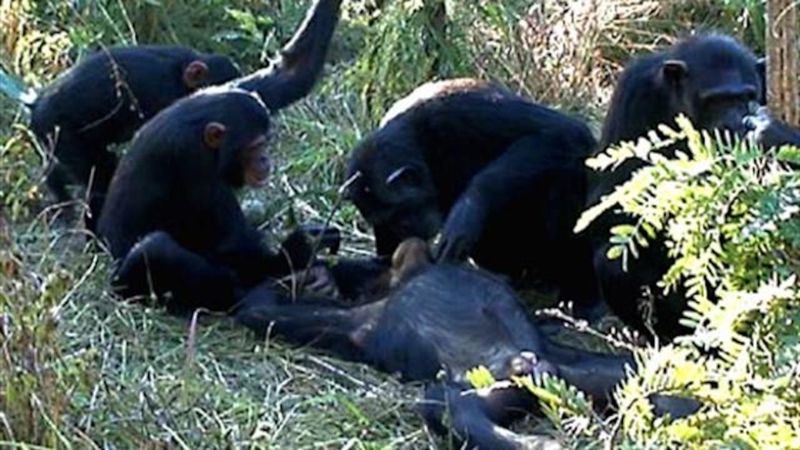
Chimpanzees, our closest relatives, exhibit behaviors that suggest mourning. Observations reveal that they may stay near the body of a deceased family member, sometimes touching and grooming them.
This behavior highlights their deep social bonds and emotional complexity. It’s a poignant reminder of the similarities we share with these intelligent primates.
The sight of a chimpanzee mourning is both touching and thought-provoking, offering a glimpse into the intricate social structure of their communities.
Dolphins
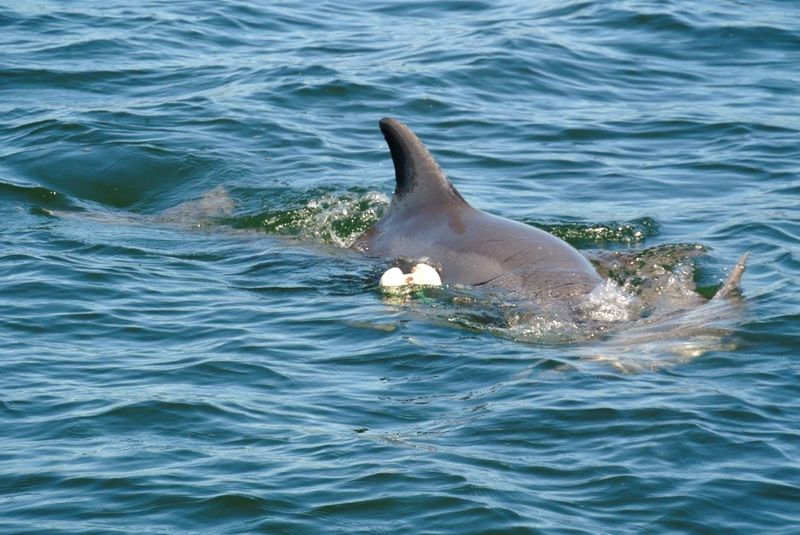
Dolphins, known for their intelligence and playful nature, have been seen displaying mourning behaviors in the wild. Mothers have been observed carrying their dead calves on their backs.
This poignant act can last for days, as they struggle to let go of their lost young. Such behavior suggests a deep emotional connection and sense of grief within dolphin pods.
Their reactions to death continue to intrigue researchers and provide insight into the emotional lives of these marine mammals.
Giraffes
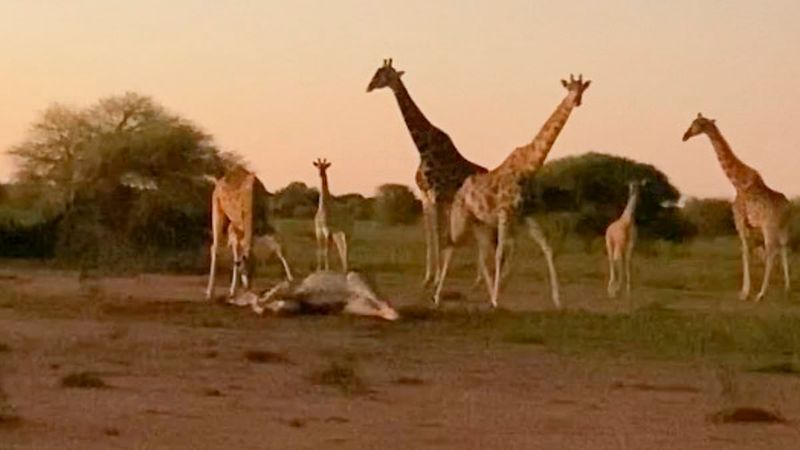
Giraffes, often seen as gentle giants, have been documented mourning their dead. Instances where they stand guard over a deceased member of their group have been reported.
Their long necks stretch gracefully as they look down upon their fallen companion, exuding a silent sense of loss. This behavior points to the social bonds shared within giraffe communities.
The image of a towering giraffe mourning is both majestic and melancholic, offering a rare glimpse into their emotional world.
Crows
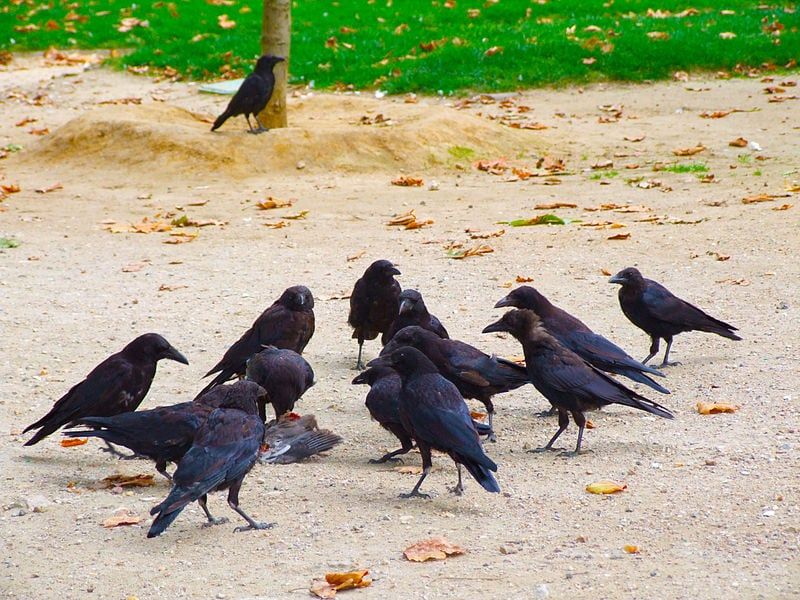
Crows are known for their intelligence and complex social structures. These birds hold ‘funerals’ for their dead, gathering in large numbers around the deceased.
They caw loudly, and some even peck gently at the body, a behavior that seems to express both curiosity and mourning. This gathering serves as a learning experience, making crows aware of potential dangers in their environment.
Such rituals reveal the intricate social lives of crows and their ability to learn and adapt.
Magpies
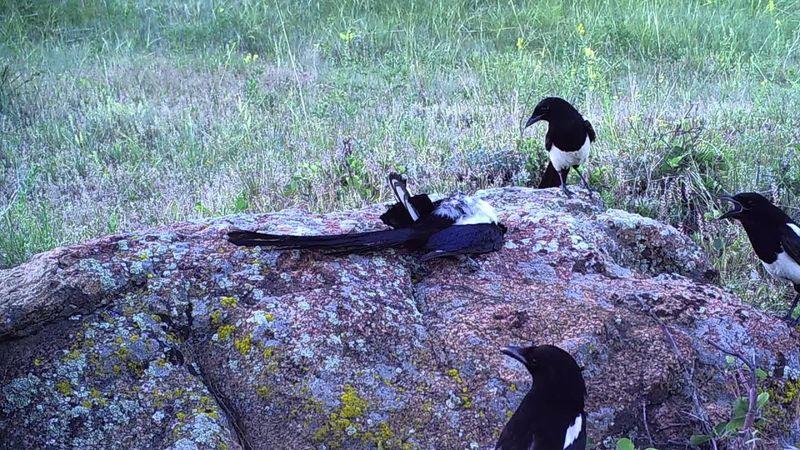
Magpies, members of the corvid family, have been observed engaging in mourning rituals. When one of their own dies, they may gather around the body, sometimes bringing grass and twigs as offerings.
This behavior underscores their social intelligence and the bonds they form within their group. Magpies’ reactions to death highlight their thoughtful nature and surprising emotional depth.
These rituals continue to fascinate researchers, offering insights into the complex social dynamics of these birds.
Whales

Whales, the gentle giants of the ocean, exhibit behaviors that suggest mourning. Pods have been observed surrounding a deceased member, staying close for extended periods.
Mothers have been seen carrying the dead bodies of their calves, reluctant to let go. This profound behavior illustrates the strong bonds whales share within their pods.
Such acts of mourning highlight the emotional depth of whales and their complex social structures, captivating the curiosity of scientists and onlookers alike.
Dogs

Dogs, known for their loyalty, often mourn the loss of their human or animal companions. They’ve been seen lying beside the deceased, refusing to leave their side.
Some dogs exhibit signs of depression, losing interest in daily activities and showing changes in behavior. This deep sense of loyalty and loss reflects the strong bond dogs form with their loved ones.
These reactions remind us of the profound emotional capacities of dogs, making them cherished companions.
Cats

Cats, often perceived as independent, can display behaviors suggesting mourning. When a fellow feline or owner passes away, cats may become withdrawn, showing signs of depression.
They might seek out the deceased’s favorite spots, sitting quietly as if in contemplation. This behavior hints at the deep bonds cats can form, despite their solitary nature.
The subtle ways cats mourn offer a glimpse into their emotional world, challenging common perceptions about their aloofness.
Horses

Horses, known for their strong social bonds, display mourning behaviors when a member of their herd dies. They may stand vigil over the body, nudging it gently as if urging it to rise.
This behavior speaks to the deep connections horses form within their herds. Their reactions to loss highlight their compassionate nature and social complexity.
The sight of a horse mourning is both poignant and profound, illustrating the rich emotional lives of these majestic animals.
Ravens

Ravens, renowned for their intelligence, are observed mourning their dead. They gather around the deceased, often engaging in vocalizations that resemble mourning calls.
This behavior suggests a level of social awareness and emotional intelligence. Ravens’ reactions to death reveal the complexity of their social structures and their capacity for empathy.
These mourning rituals continue to intrigue researchers, providing insights into the sophisticated minds of these birds.
Sea Lions

Sea lions, playful marine mammals, exhibit mourning behaviors when a pup dies. Mothers have been observed staying beside their deceased young, sometimes for days.
This behavior underscores the strong maternal bonds present within sea lion colonies. Sea lions’ reactions to loss highlight their affectionate nature and emotional depth.
These poignant displays of mourning provide a window into the complex social lives of sea lions, captivating the interest of scientists and nature enthusiasts alike.
Wolves
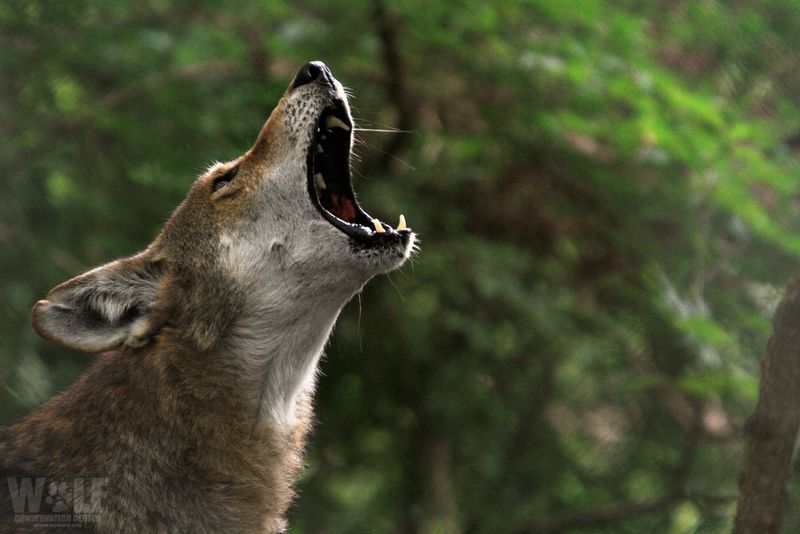
Wolves, known for their pack mentality, display mourning behaviors when one of their own dies. Packs have been observed howling in unison, a haunting tribute to their lost member.
This behavior reflects the deep loyalty and social cohesion present within wolf packs. Wolves’ reactions to death underscore the importance of family bonds in their social structure.
The mournful howls of a wolf pack are both eerie and moving, offering a glimpse into their emotional world.
Bonobos
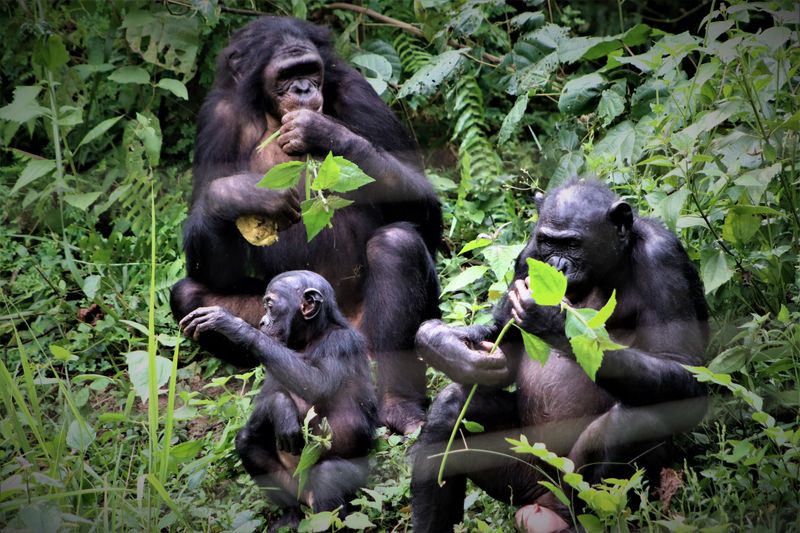
Bonobos, close relatives of chimpanzees, exhibit behaviors that suggest mourning. They have been observed staying close to the deceased, grooming and touching them gently.
These actions reflect the strong social bonds and emotional intelligence present within bonobo communities. Bonobos’ reactions to death highlight their empathetic nature and complex social dynamics.
These mourning rituals continue to fascinate primatologists, providing insights into the emotional lives of these primates.
Baboons
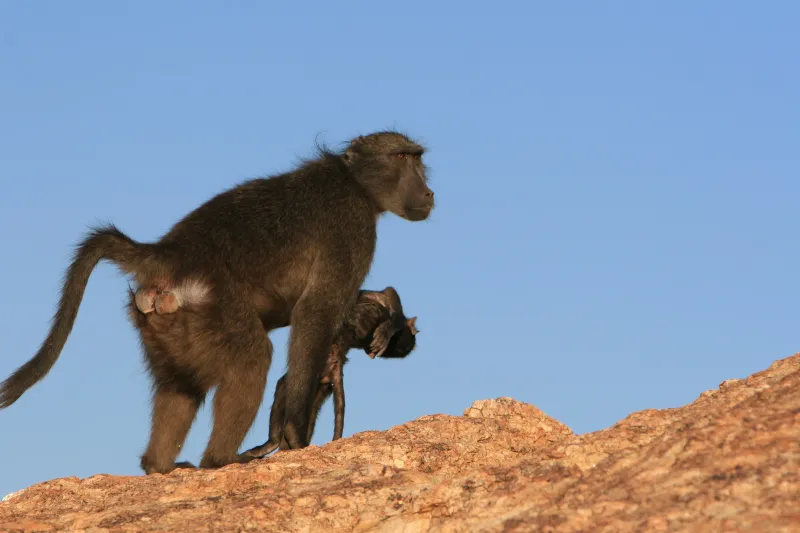
Baboons, social primates with complex hierarchies, display mourning behaviors when a troop member dies. They’ve been seen staying near the deceased, often showing signs of distress.
This behavior underscores the strong bonds and social structure within baboon troops. Baboons’ reactions to death highlight their emotional depth and social complexity.
These mourning rituals continue to intrigue researchers, offering a glimpse into the intricate world of baboon social dynamics.
Beavers

Beavers, known for their industrious nature, exhibit mourning behaviors when a family member dies. They’ve been observed staying near the deceased, sometimes covering the body with mud and branches.
This behavior reflects the strong family bonds and cooperative nature of beaver colonies. Beavers’ reactions to loss highlight their emotional depth and social cohesion.
These mourning rituals continue to fascinate researchers, offering insights into the social lives of these remarkable rodents.
Penguins
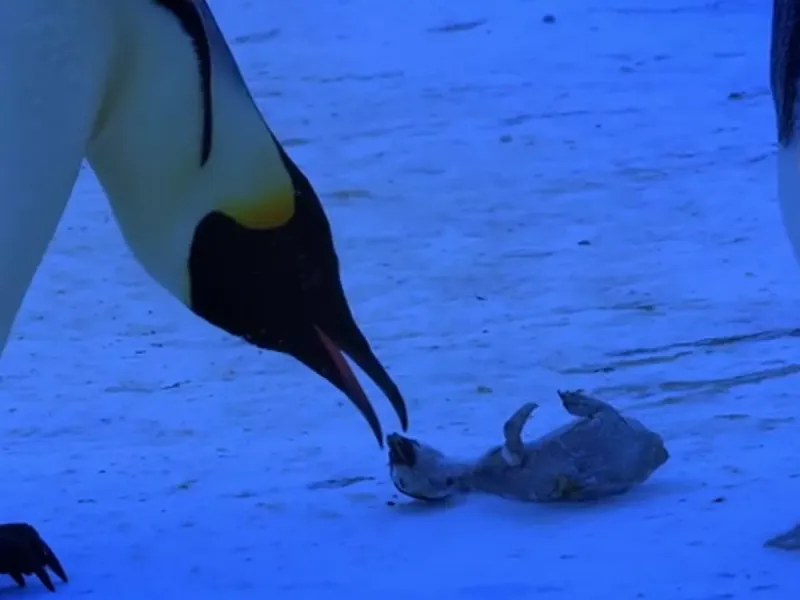
Penguins, often associated with their endearing waddle, display mourning behaviors when a chick dies. Adult penguins have been observed standing vigil over the body, sometimes for days.
This behavior reflects the strong parental bonds and social cohesion within penguin colonies. Penguins’ reactions to loss highlight their emotional depth and nurturing nature.
These poignant displays of mourning provide a window into the complex social lives of penguins, captivating the interest of scientists and bird enthusiasts alike.
Rhesus Macaques
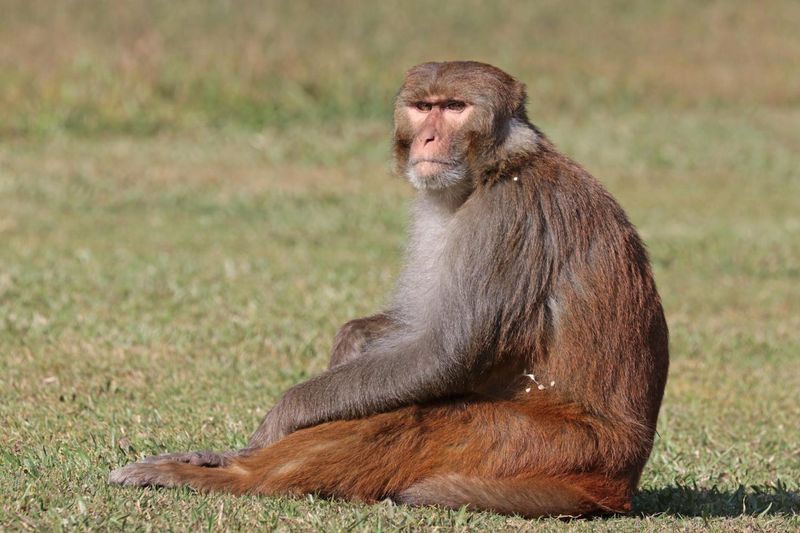
Rhesus macaques, adaptable primates living in both wild and urban environments, display mourning behaviors when a troop member dies. They’ve been observed staying close to the deceased, often showing signs of distress.
This behavior underscores the strong bonds and social structure within macaque troops. Rhesus macaques’ reactions to death highlight their emotional depth and adaptability.
These mourning rituals continue to intrigue researchers, offering insights into the social lives of these intelligent primates.
Zebras
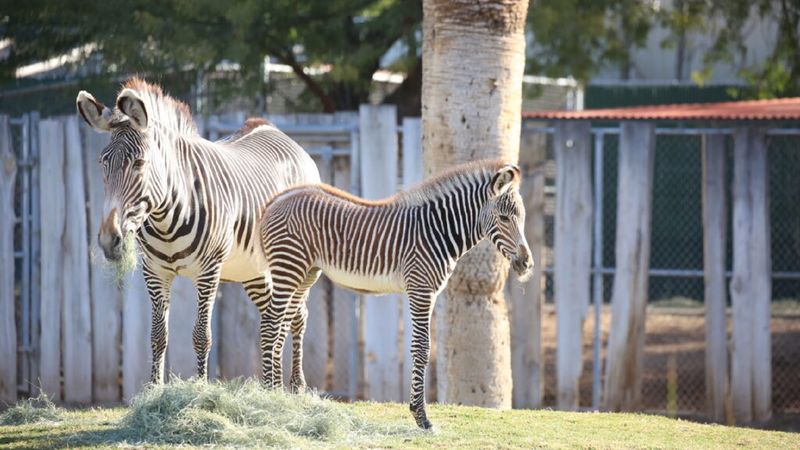
Zebras, known for their distinctive stripes and social herds, display mourning behaviors when a foal dies. Herds have been observed standing vigil over the body, sometimes for hours.
This behavior reflects the strong family bonds and social cohesion within zebra herds. Zebras’ reactions to loss highlight their emotional depth and protective nature.
These mourning rituals provide a glimpse into the complex social lives of zebras, captivating the interest of wildlife enthusiasts and scientists alike.

